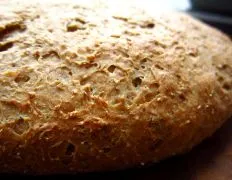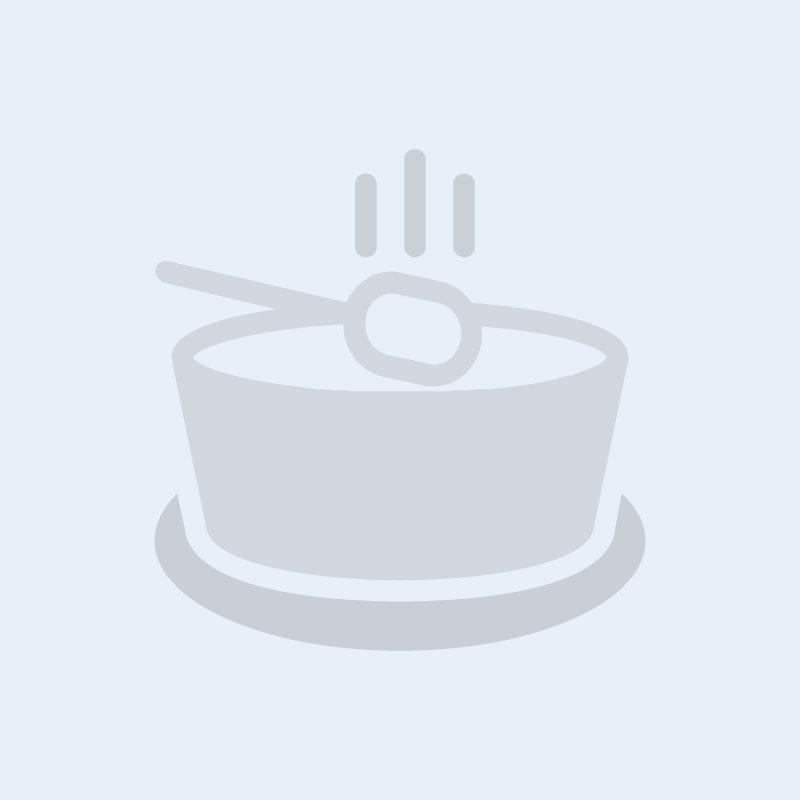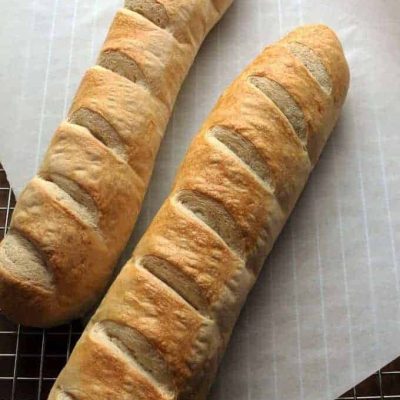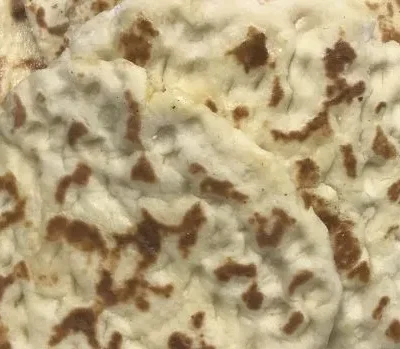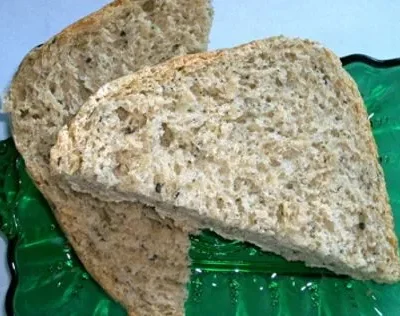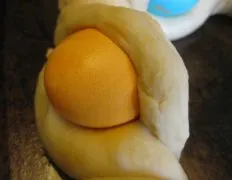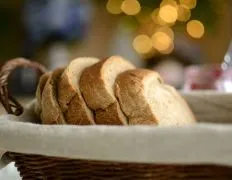Ingredients
-
1
-
6 - 8
-
1
-
1/2
-
2
-
1/2
-
1/3
-
3
-
1
-
-
-
-
-
-
Directions
Rye Bread, This is Grandma Olson’s rye bread recipe, posted here for safekeeping! This recipe makes two large loaves They keep well on the counter for at least 4 or 5 days, maybe longer – one has never made it that long without being eaten around here The bread freezes well too – slice it first so you can go directly from freezer to toaster!, This is a soulfully-satisfying bread as the results were as easy to attain as making a straightforward white bread, though it should be called pumpernickel rye because of the molasses & brown sugar It was as easy to make as my regular white bread recipe, familiar, so I didn’t have to stretch my skills to accomplish fairly nice loaves I substituted one of the cups of regular white flour with a cup of rye, so had two cups of rye altogether, and that change didn’t negatively effect the results at all, in fact, gave more of a rye taste to go along with the sweet of the molasses and brown sugar And rye bread without caraway seeds? I added a tablespoon of caraway seeds I also basted the loaves with butter right out of the oven, so a softer crust Also, make sure you roll and crimp the seems as well as you do for white bread loaves or the top 1 inch or so will separate from the bottom, making it not suitable for the toaster As it was I had splits in the side of the top, though I tried not to let the loaves create a dry skin on that last rise in the pans by brushing with melted butter Perhaps they did need to be scored on the tops to let the steam escape without making splits in the sides Makes great toast, slices well, and you’ll want to eat every bit of the toast, right down to the last piece of crust Seems like your grandmother’s old world recipe perhaps, and I thank her and you for sharing it , Freshly baked bread another increment to the sum total of human happiness Made into rounds with great success
Discover ground-breaking new supplements! SHOP & SAVE
Steps
|
1
Done
|
In a Small Bowl, Combine Yeast and 1/2 Cup of Lukewarm Water (100-120 Degrees Farenheit) and Stir to Dissolve Any Lumps. Cover With Plastic Wrap and Set Aside While the Yeast Rehydrates, 5 Minutes or So. It Will Be a Little Bubbly and Yeasty-Smelling When It's Ready. |
|
2
Done
|
Meanwhile, Gently Heat 2 Cups of Milk in the Microwave or on the Stovetop Until Warm to the Touch but not Bubbling. |
|
3
Done
|
in a Very Large Bowl, Combine Shortening, Brown Sugar, and Salt and Mix Until Well Combined. Add the Molasses and the Warmed Milk, Stir. Take the Temperature of Your Mix Here If You Can - Anything Warmer Than 120 Will Need to Cool a Few Minutes to Avoid Killing the Yeast. |
|
4
Done
|
Add Your Yeast to the Milk Mixture Along With the Rye Flour, Stir Until Combined. Once the Rye Flour Is Incorporated, Begin Adding the Unbleached Flour, 1 Cup at a Time Stirring in Each Cup Before Adding Another, Until the Mix Begins to Pull Away from the Sides of the Bowl. |
|
5
Done
|
Turn Your Dough Out Onto a Floured Surface and Kneed, Adding Flour as Needed to Prevent It from Sticking Too Badly to Your Hands or Counter, For 8-10 Minutes. You Could Have a Slightly Springy, Glossy Ball When You're Finished Kneeding. |
|
6
Done
|
Place Your Dough Ball Into a Large Bowl Sprayed Will Nonstick Spray, Turning the Ball Over Once So All Surfaces Are Coated. Cover With a Tea Towel and Set in a Warm Spot For 1 to 1 1/2 Hours Until Approximately Doubled in Size. |
|
7
Done
|
Turn Your Risen Dough Out Onto a Lightly Floured Surface and Press the Air Out Gently With Your Hands. Kneed Again a Few Times, and Place Back Into a Greased Bowl, Turning Once, and Cover Again to Rise For Another Hour. |
|
8
Done
|
After the Dough Has Risen a Second Time, Turn It Out Onto a Floured Surface. Press the Air Out of It Gently, and Cut in Half With a Large Knife. |
|
9
Done
|
Stretch Each Half Into a Rectangle, With the Short Side of the Rectangles Approximately the Length of Your Bread Pan. Starting on the Short Side, Roll Each Rectangle Up to Make a Log, and Place Seam Sides Down Into 2 Greased 5x9 Pans. You Can Score the Tops of the Loaves Now, If You Like. Cover and Allow to Rise One Last Time, About One Hour or Until the Dough Rises at Least as High as the Edge of the Pans. |
|
10
Done
|
Preheat Your Oven to 350 With the Rack Positioned in the Middle of the Oven and Bake Loaves For 50 to 60 Minutes. Remove from the Oven and Turn Out of Pans Immediately. Cover With a Tea Towel and Allow to Cool Completely Before Slicing. |

